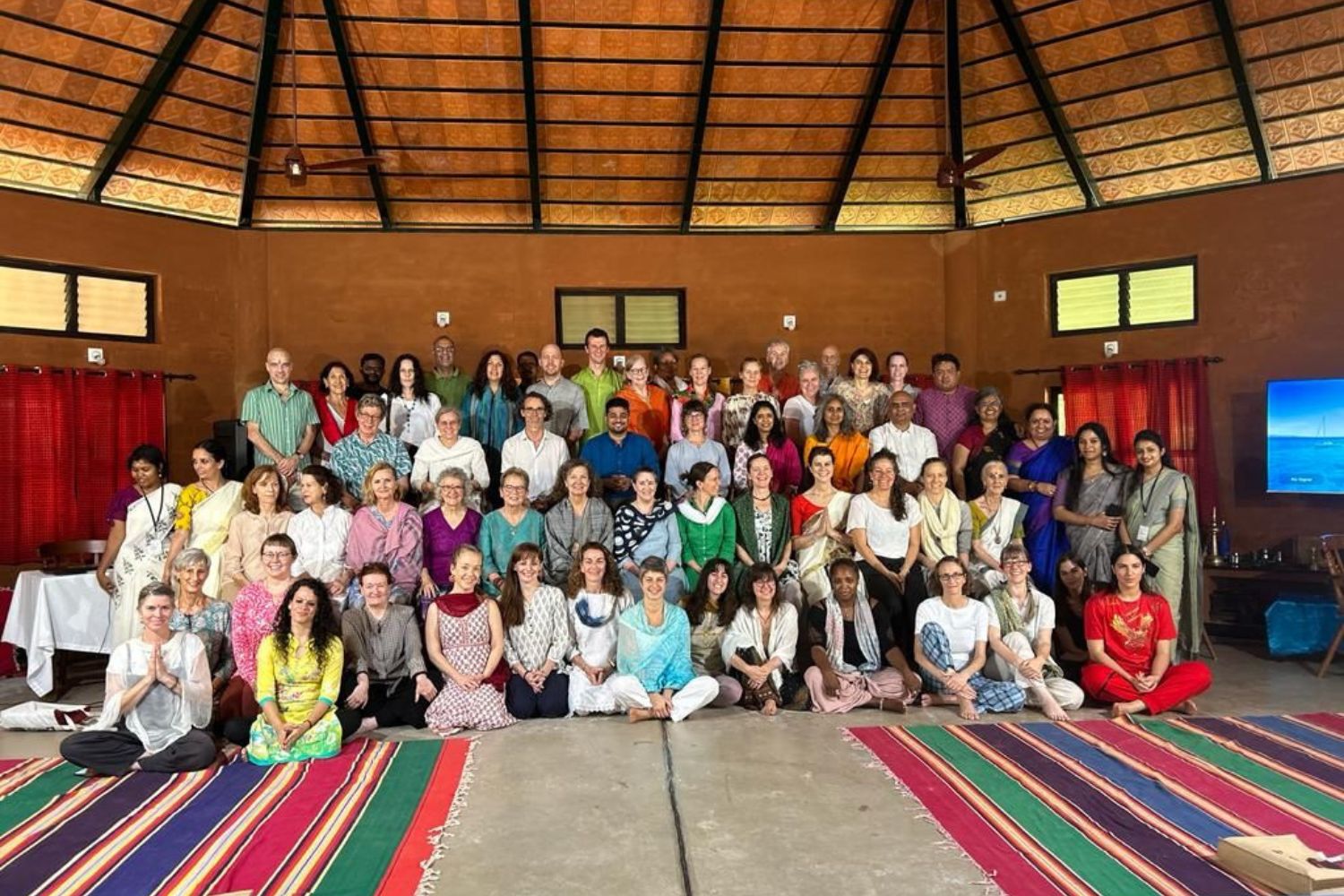Ayurveda
Ayurveda is one of the 14 sciences (vidyās). Literally, “the science of life,” it relates to understanding and healing humans, plants, animals and the earth. It is said to originate from the ṛg veda and atharva veda. It is a comprehensive paradigm of health, including anatomy, physiology, pathology, pathogenesis, diagnosis, treatment, healthy daily routines and diets, and therapeutic strategies.
There are eight limbs of Ayurveda for humans, plus three branches that relate to animals, plants and farming. General medicine (kāyacikitsā), is one of the eight limbs and provides prerequisite, essential information to learn and practice the other limbs and branches. It is also generally the only limb studied in any depth outside of India. An Ayurvedic physician in India must undergo a 5 ½ year post-graduate degree program (Bachelor’s of Ayurvedic Medicine and Surgery, or BAMS) to become qualified as an entry-level practitioner. One could continue to study for a lifetime beyond that, to learn all the branches and limbs and probably never reach the end of what there is to study in this vast ocean.
We can study Ayurveda with an aim to support healing in others or ourselves. We can study it for an hour or a lifetime.
Related Satsangam Offerings:
Vedic Threads
Vedic Threads is Satsangam’s twice-monthly live, online membership where guest instructors introduce us to various Indian wisdom traditions. Some sessions that relate specifically to one aspect or another of Ayurveda
Online Courses
Vedic Remedies for Modern Spiritual Crises
Vedic Remedies : Identifying, Navigating & Resolving Emotional Disequilibrium Through the Lens of Daivavyapāśraya (Treatment of Spiritual Maladies) with Drs. Ramkumar, Fred Smith, Josh Schrei, Claudia Welch, Scott Blossom and Emily Glaser
Death & Dying
Death & Dying : Exploring Death and Dying through Indian Wisdom Traditions with Drs. Robert Svoboda, Shubham Kulkarni & Claudia Welch
Foundational ancient, Sanskrit texts:
Bṛhat Trayī: literally, “the three greats”; three ancient texts:
- Aṣṭāṅga Hṛdayam, authored by Vāgbhaṭa
- Caraka Saṃhitā, authored by Caraka
- Suśruta Saṃhitā, authored by Suśruta
Laghu Trayī: literally, “the lesser or lighter three”; three ancient texts:
- Mādhavanidāna, authored by ācārya Mādhavakara
- Śārṅgadhara Saṃhitā, authored by ācārya Śārṅgadhara
- Bhāva Prakāśa, authored by ācārya Bhāvamiśra
This video provides an orientation to where Ayurveda lives within the context of Vedic knowledge systems and to what we learn in most foundational Ayurveda courses, including Satsangam’s Embodied Ayurveda & Yoga online course.


